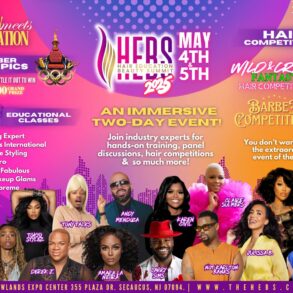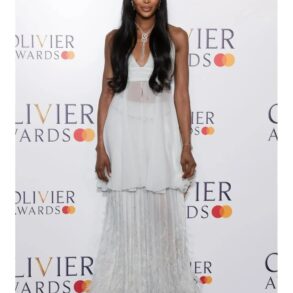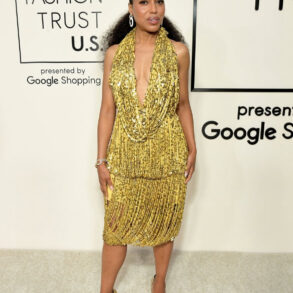Ahead of its grand debut to the public on Oct. 7, the Grammy Museum previewed Hip-Hop America: The Mixtape Exhibit in Los Angeles, giving a sneak peek of its curated celebration of hip-hop culture.
The interactive exhibit, meant to serve as an educational experience to honor hip-hop’s 50th anniversary, is a visceral assortment of iconic touchstones from the art form spanning everything from the red leather peacoat Notorious B.I.G. wore in Junior M.A.F.I.A.’s “Players Anthem” video and letters that Lil Wayne wrote in jail to physical J. Dilla cassette tapes and, of course, Flavor Flav’s clock. The installation, which will be on display until September 2024, is structured by themes including origins, innovation, sounds of hip-hop, fashion, entrepreneurialism, media, community and regionalism.
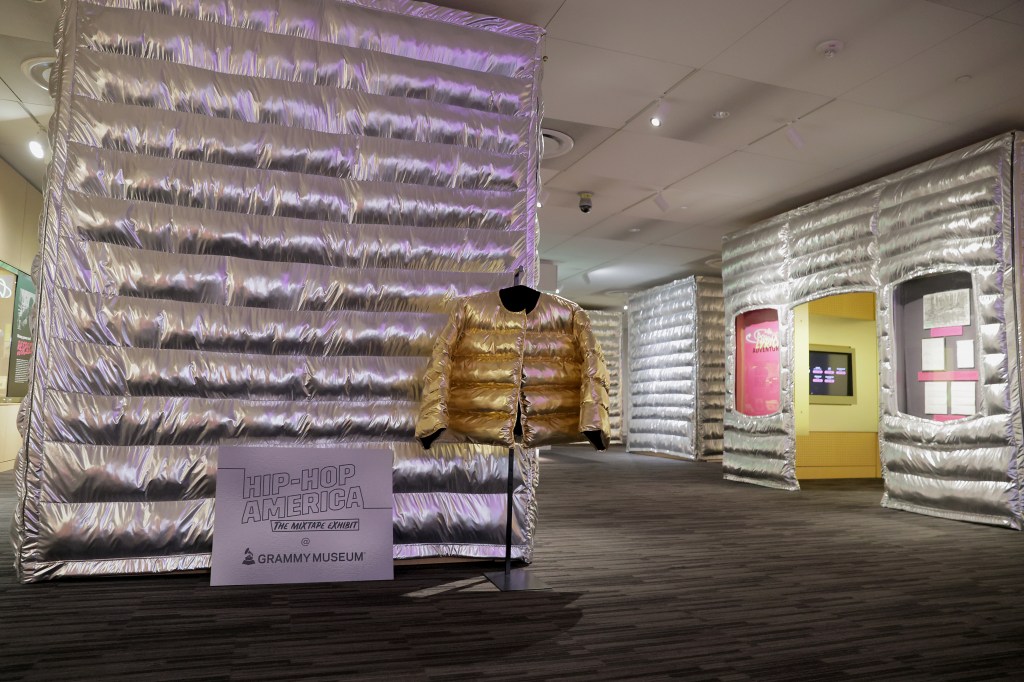
Courtesy of the Recording Academy™️/photo by Rebecca Sapp, Getty Images© 2023
Saweetie, whose nails are on display in a glass case in the entry room of the exhibit, was on hand at the preview, marveling at the aural spectacular. “I think it shows the importance of how a culture has evolved over 50 years, and how it has become one of the number one ports and communications of the world,” she told Variety. “To originate in the Bronx and to go across America, to leave the country and to be everywhere, just shows how powerful and how important it is to humanity.”
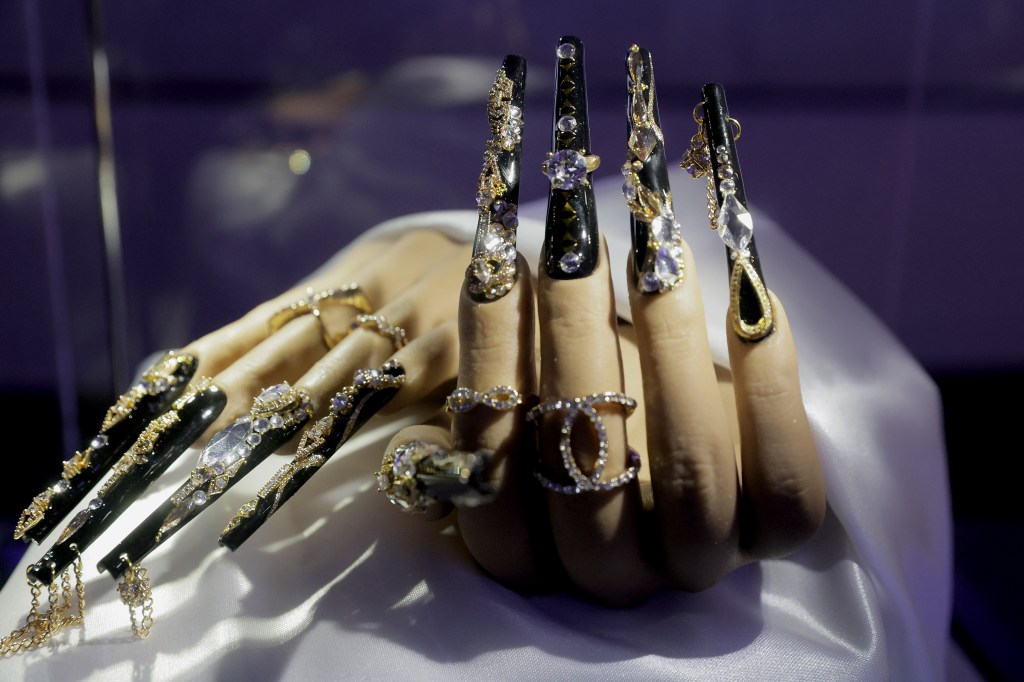
Courtesy of the Recording Academy™️/photo by Rebecca Sapp, Getty Images© 2023
Upon entry on the fourth floor of the Grammy Museum, visitors are met with a long hallway with video screens on either side showing music videos and performances from the Grammy Awards. Five cases line the center of the room, displaying Lil Wayne’s Grammy for best rap album, Kurtis Blow’s handwritten lyrics to his classic 1980 single “The Breaks” and a school essay from Tupac titled “Give Me Liberty or Give Me Death.” At the end of the entrance stands tuxedos worn by the late Nipsey Hussle and LL Cool J to the Grammys.
Inside, attendees can explore different facets of hip-hop culture.
There’s a large mannequin in a pink Adidas outfit that imitates a breakdancer on top of a table. Next to that, there’s a display case showcasing Pete Rock’s vintage E-mu SP1200, handwritten lyrics for Shock-G’s “The Danger Zone” and Egyptian Lover’s 808 machine. The exhibit also includes various pods that feature video installations spotlighting the connection between hip-hop and R&B, sampling and lyricism, with MC Lyte contributing a testimonial to the latter breaking down the backstory of her feature on Erick Sermon’s 2002 track “Tell Me.”
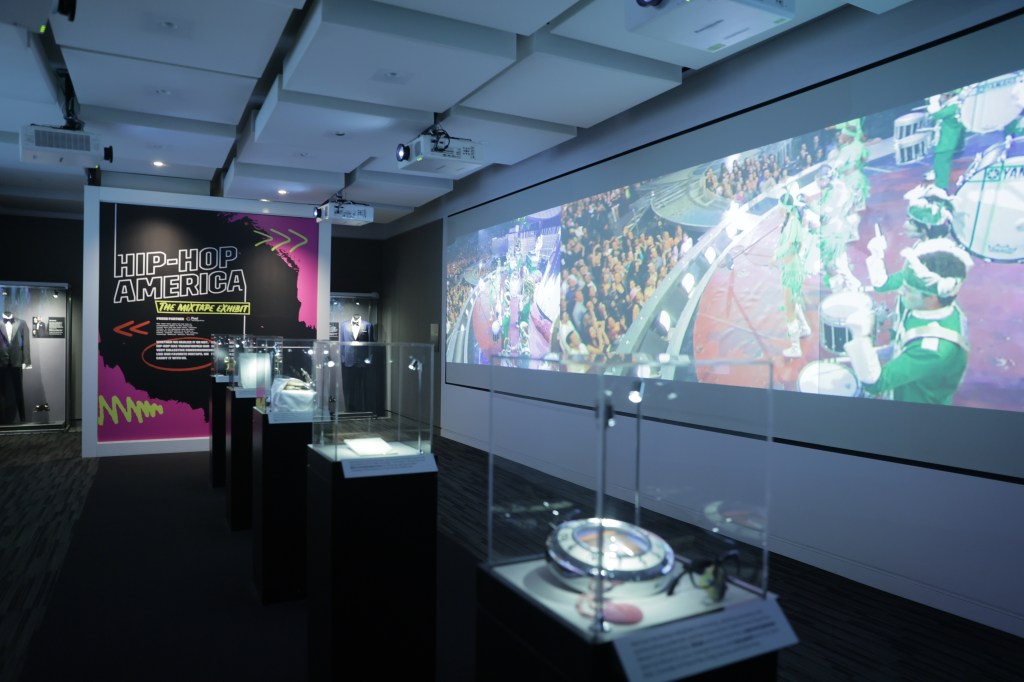
Courtesy of the Recording Academy™️/photo by Rebecca Sapp, Getty Images© 2023
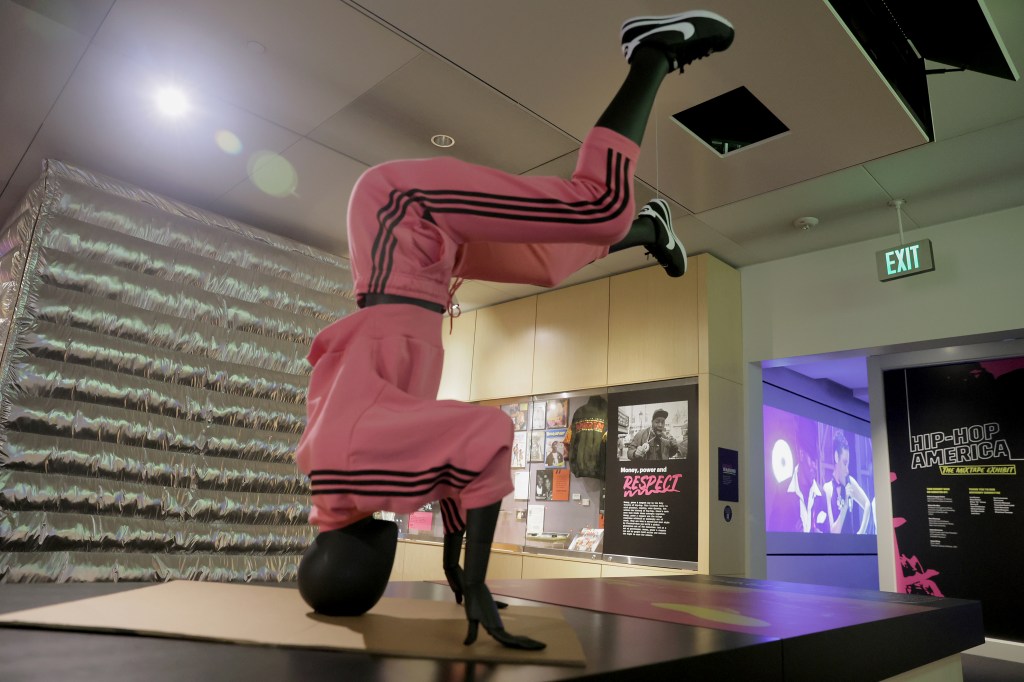
Courtesy of the Recording Academy™️/photo by Rebecca Sapp, Getty Images© 2023
Elsewhere, an interactive map spotlights cities across the United States with distinctive hip-hop scenes, while a wall of records highlights the connection between rap music and cars. A pod next to the display attempts to create an experience of listening to music in a car with different sound qualities, from mono to stereo. The back wall of the 5,000 square foot space pays homage to the business of music with portraits of moguls like Sugar Hill Records’ Sylvia Robinson, Master P and Jay-Z.
A standout installation is the Sonic Playground featuring five interactive stations where visitors can try their hand at making beats, DJing and sampling. The section has a booth inspired by BET’s Rap City “The Basement,” with a custom introduction from host Big Tigger who encourages visitors to test their skills on the mic.
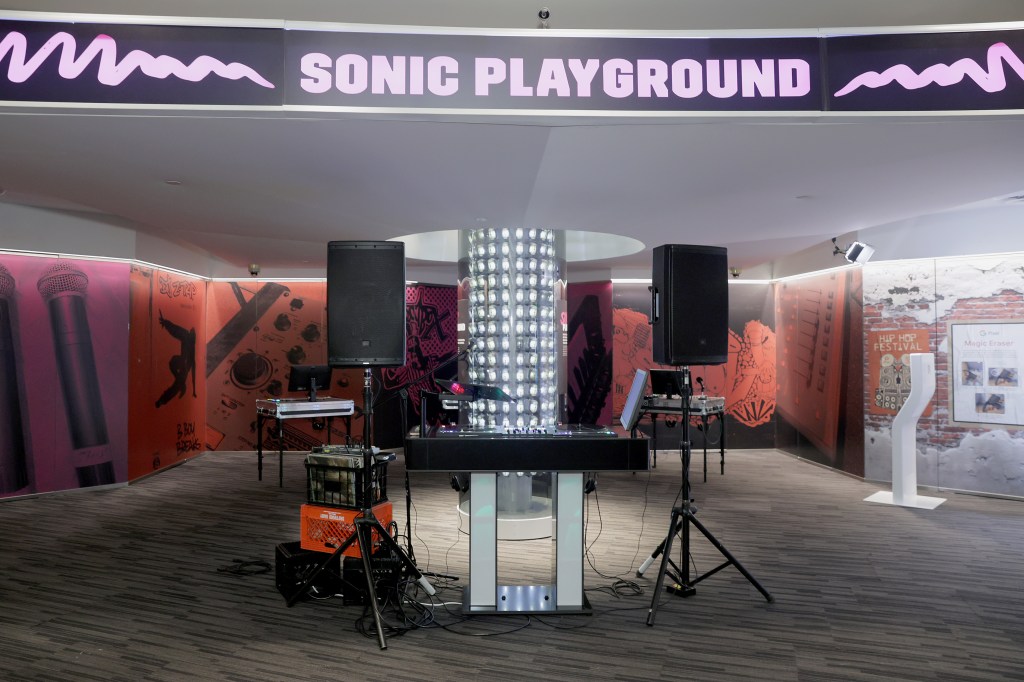
Courtesy of the Recording Academy™️/photo by Rebecca Sapp, Getty Images© 2023
Before visitors exit, they can view relics of hip-hop fashion including Biggie’s red jacket, which sits next to the white suit that Tupac wore in his final video for “I Ain’t Mad At Cha,” as well as Migos’ outfits from their 2018 “Stir Fry” video.
On an adjacent wall stands Melle Mel’s Dapper Dan-designed suit worn during his 1985 Grammys performance, Kanye West’s marching band ensemble from his 2006 Grammy performance and André 3000’s getup from the 2003 award show.
“It was a fair amount of serendipity,” says Grammy Museum Chief Curator and VP of Curatorial Affairs, Jason Emmons. “You’d be asking for certain things and they’d say, ‘We can’t get you that, how about this?’ And often, you’re like, we’re telling this story, it would be really helpful to get that. But we were talking to the Tupac estate and we said we had an amazing section on music videos and we have this Biggie jacket. And they said we have his last suit from his last music video. So some of it’s serendipity.”
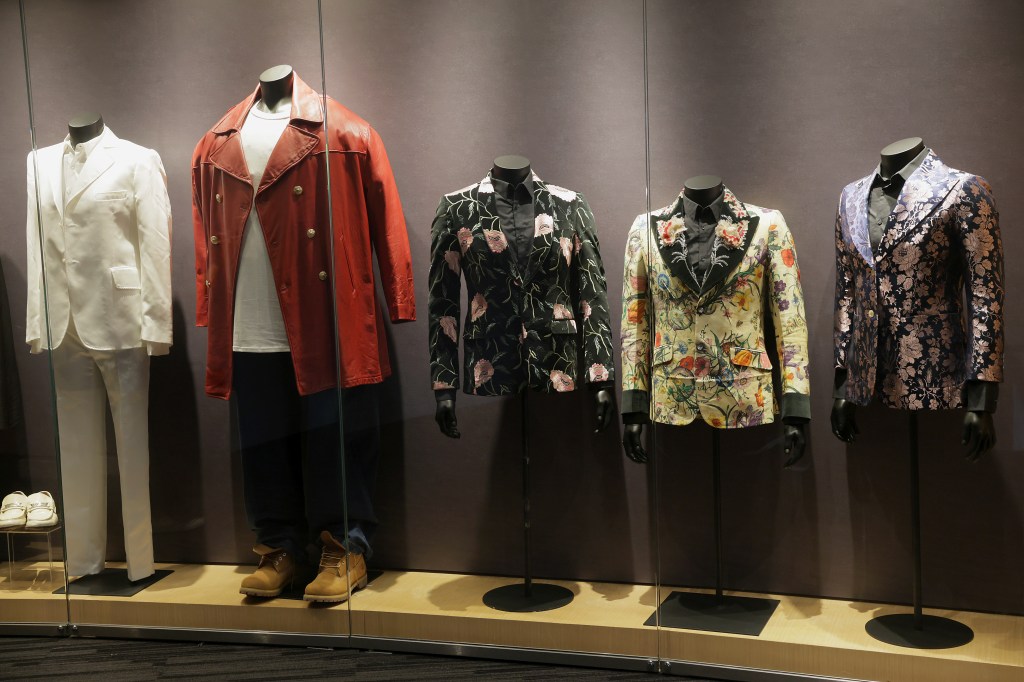
Courtesy of the Recording Academy™️/photo by Rebecca Sapp, Getty Images© 2023
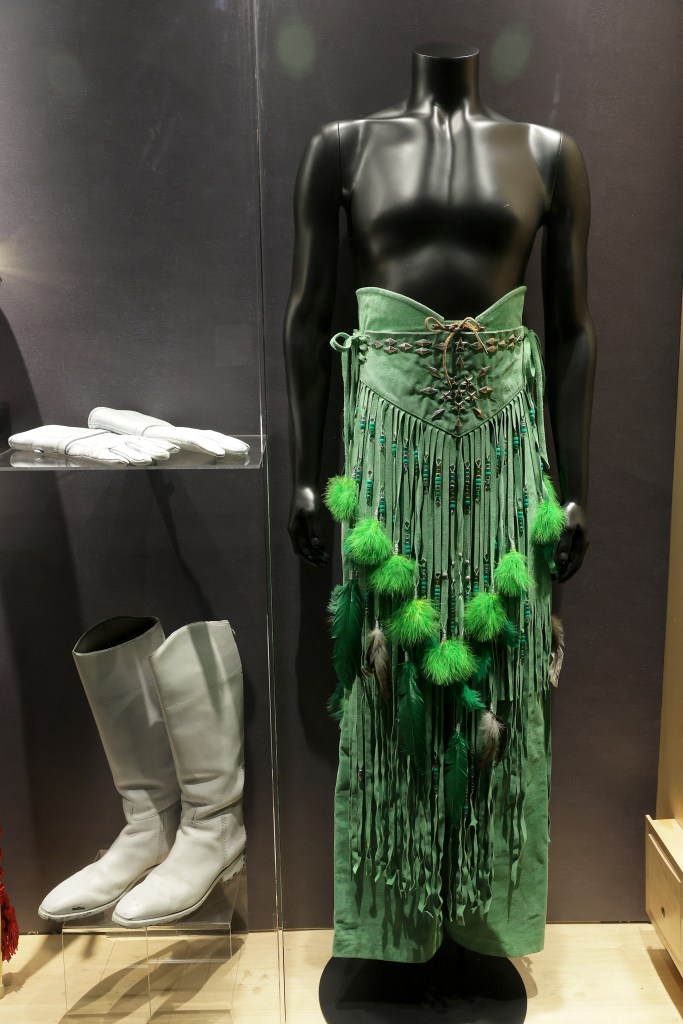
Courtesy of the Recording Academy™️/photo by Rebecca Sapp, Getty Images© 2023
Work on the exhibit began a year ago from four co-curators collaborating with Emmons, alongside a 20-member advisory board. The curator team includes Felicia Angeja Viator, associate professor of history at San Francisco State University; Jason King, dean at USC Thornton School of Music; Dan Charnas, author of “Dilla Time: The Life and Afterlife of the Hip-Hop Producer Who Reinvented Rhythm”; and Adam Bradley, founding director of the Laboratory for Race and Popular Culture (the RAP Lab) at UCLA.
This post was originally published on this site be sure to check out more of their content.




